Calgary holds many major annual festivals and events which include the Calgary Stampede, the Folk Music Festival, the Lilac Festival, Banff-Calgary International Writers Festival, One World Festival (GlobalFest), and the second-largest Caribbean festival in the country (Carifest).
Other festivals include the growing Calgary International Film Festival, FunnyFest Calgary Comedy Festival, the Greek Festival, the Calgary Fringe Festival, Summerstock, Expo Latino, Calgary Gay Pride, and many other cultural and ethnic festivals.
Calgary is also home to a number of contemporary and established theatre companiesincluding One Yellow Rabbit (which shares the EPCOR Centre for the Performing Arts with the Calgary Philharmonic Orchestra), Theatre Calgary, and Alberta Theatre Projects.
Downtown features an eclectic mix of restaurants and bars, cultural venues, public squares (including Olympic Plaza), and shopping. Notable shopping areas are The Core Shopping Centre (formerly Calgary Eaton Centre/TD Square), Stephen Avenue, and the Eau Claire Market. Downtown tourist attractions include the Wilder Institute/Calgary Zoo, the Telus Spark Science Centre, the Telus Convention Centre, the Chinatown district, the Glenbow Museum, the Calgary Tower, the Art Gallery of Calgary (AGC), Military Museum and the EPCOR Centre for the Performing Arts. The Devonian Gardens is one of the largest urban indoor gardens in the world, and it is located on the 4th floor of The Core Shopping Centre (above the shopping). The downtown region is also home to Prince's Island Park, an urban park located just north of the Eau Claire district. Directly to the south of downtown is Midtown and the Beltline. This area is quickly becoming one of the cities' densest and most active mixed-use areas. At the district's core is the popular 17 Avenue, known for its many bars and nightclubs, restaurants, and shopping venues. During the Calgary Flames' playoff run in 2004, 17 Avenue was frequented by over 50,000 fans and supporters per game night. The concentration of red jersey-wearing fans led to the street's playoff moniker, the "Red Mile". Downtown is easily accessed using the city's C-Train light rail (LRT) transit system.
Additional attractions include the Heritage Park Historical Village, depicting life in pre-1914 Alberta and featuring working historic vehicles such as a steam train, paddle steamer and electric streetcar. The village itself comprises a mixture of replica buildings and historic structures relocated from southern Alberta. Other major city attractions include Canada Olympic Park, which features Canada's Sports Hall of Fame, and Spruce Meadows. In addition to the many shopping areas in the city centre, there are a number of large suburban shopping complexes in the city. Among the largest are Chinook Centre and Southcentre Mall in the south, Westhills in the southwest, South Trail Crossing and Deerfoot Meadows in the southeast, Market Mall in the northwest, Sunridge Mall in the northeast, and the newly built CrossIron Mills just north of the Calgary city limits, and south of the City of Airdrie.
Downtown can be recognized by its numerous skyscrapers. Other structures, such as the Calgary Tower and the Scotiabank Saddledome are unique enough to be symbols of Calgary. Office buildings tend to concentrate within the commercial core, while residential towers occur most frequently within the Downtown West End and the Beltline, south of downtown.
In total, there are 14 office towers that are at least 150 m (490 ft) (usually around 40 floors) or higher. The tallest of these is The Bow, which is the tallest office tower in Canada outside Toronto. Calgary's Bankers Hall Towers are also the tallest twin towers in Canada. The Guardian twin towers located in Victoria Park in Calgary’s beltline are the tallest residential towers at 44 floors each.
To connect many of the downtown office buildings, the city also boasts the world's most extensive skyway network (elevated indoor pedestrian bridges), officially called The +15. The name derives from the fact that the bridges are usually 15 ft (4.6 m) above grade.


